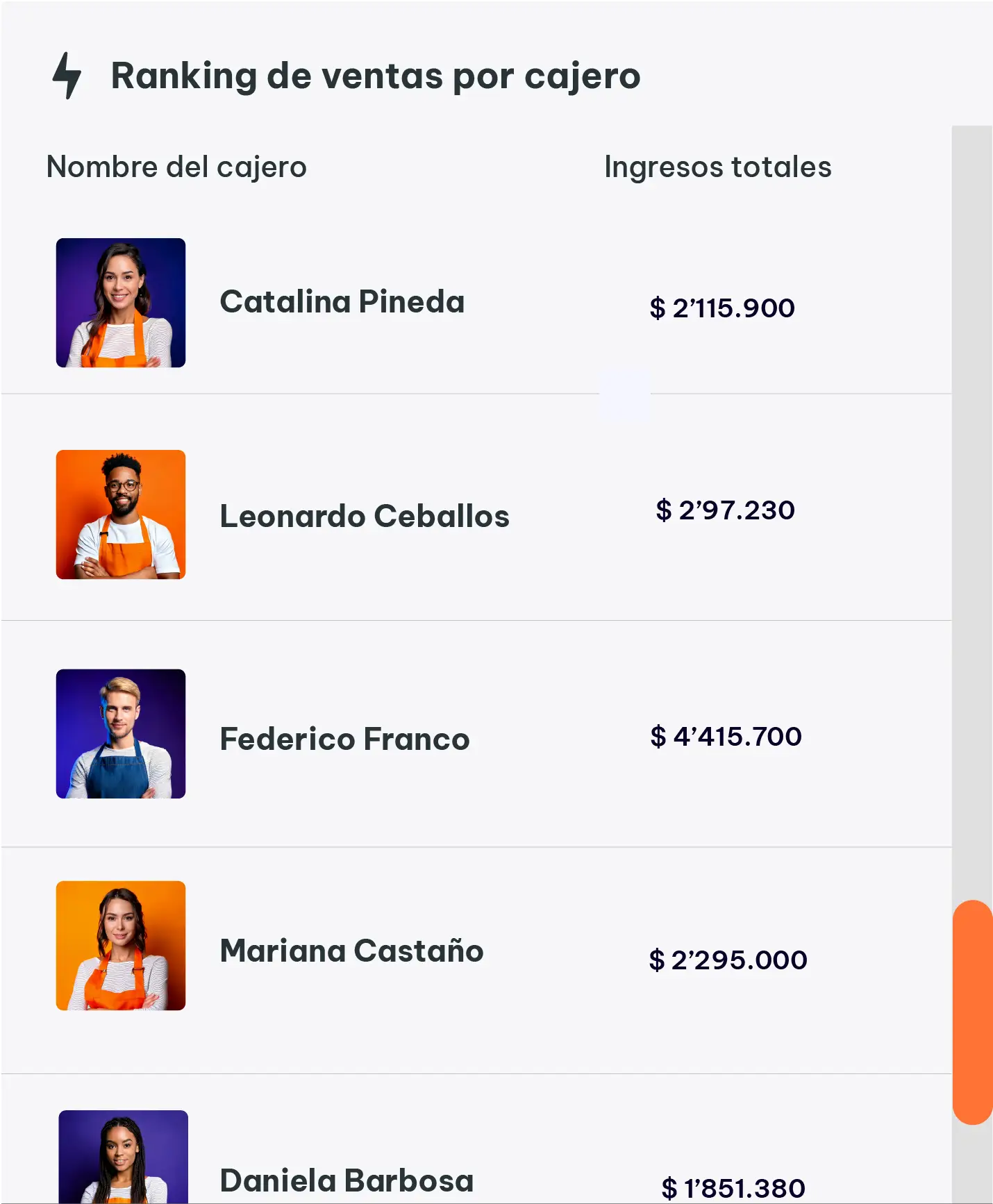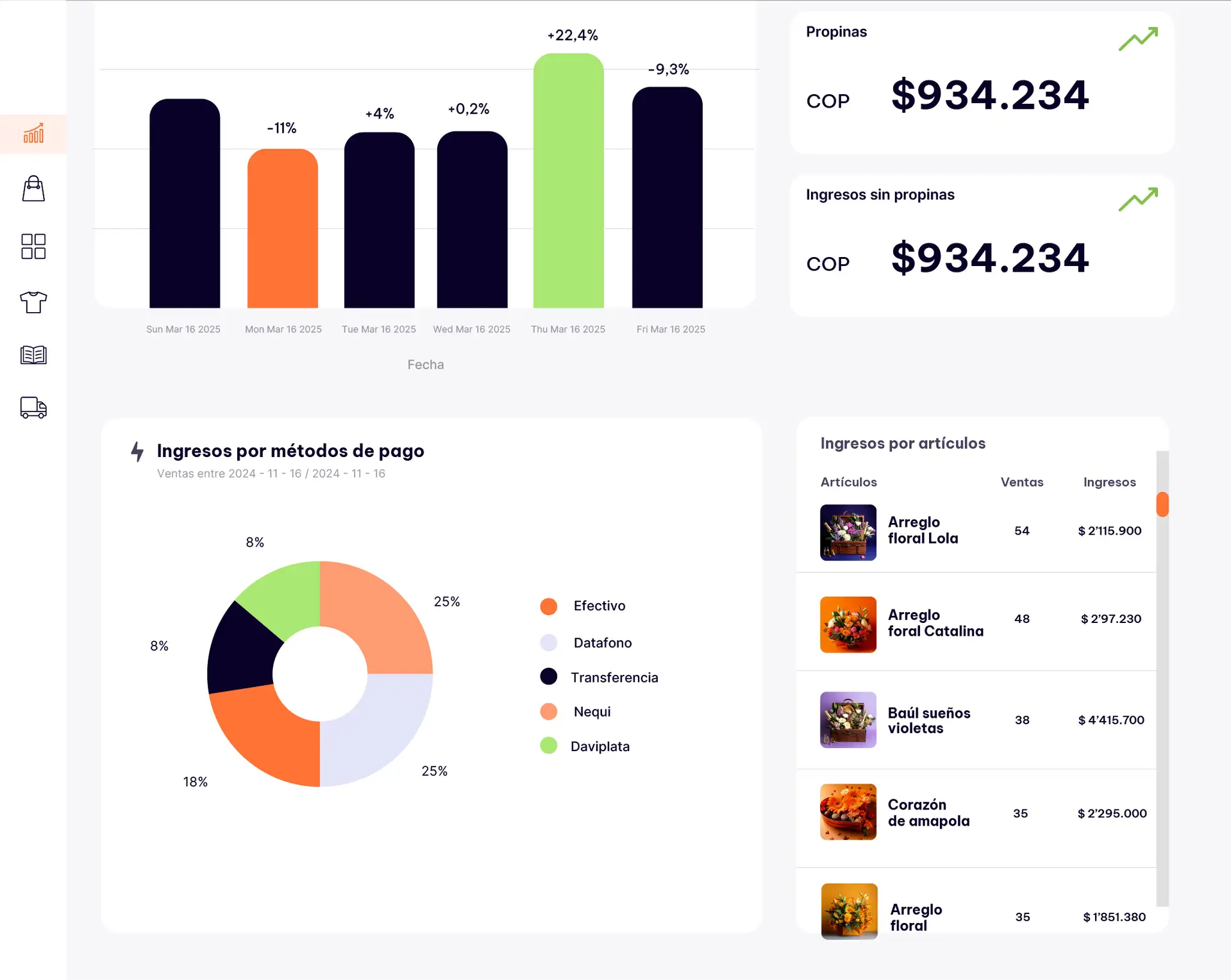Introduction: When Clarity Becomes Your Best Ally
Picture this: you have an idea that won’t let you sleep. A project that keeps circling your mind while you work a job that no longer fulfills you. A spark that flares up every time you think, “What if I actually tried?” But then, the brakes hit. Uncertainty creeps in. A never-ending checklist of things you think you need: money, equipment, contacts, the perfect logo, a flawless website, a detailed business plan… And just like that, doubt dresses itself up as logic. “It’s not the right time,” you tell yourself. “I’m not ready yet.”
This silent dilemma is more common than most people admit. Every year, thousands of great ideas are shelved — not because they lack potential, but because of one limiting belief: that you need to have everything figured out before you can start.
But what if that belief is backwards? What if the key isn’t having everything, but knowing where and how to begin? What if your first step doesn’t require abundant resources, but rather focus, clarity, and the courage to move?
This article is for those who feel like they have something valuable to build, but don’t know where to begin. For those who keep asking themselves if they’re ready, when the real question should be: what is the minimum I truly need to start strong — even if it’s not perfect? You won’t find magic formulas here, but you will find one powerful truth: entrepreneurship rarely begins with certainty. It begins with a brave first step.
We’ll divide the plan into five key sections, each with a clear purpose and a practical exercise.
1. Define Your Core Idea and Value Proposition
Your value proposition isn’t just a slogan; it’s the very essence of why your business deserves to exist. It’s the answer to a critical question many entrepreneurs overlook: Why should someone buy from you and not someone else? This section aims to help you develop a clear, honest, and differentiated proposition that serves as the foundation for all your decisions.
First, identify what you’re really selling. Is it a product or an experience? A tangible solution or an emotional symbol? For example, if you sell handmade jewelry, your product isn’t just metal and stones—it could be self-esteem, emotional significance, or cultural connection.
Second, be specific about your ideal customer. It’s not just about age or gender. Research their values, emotions, and behaviors. What motivates them to buy? What stories move them? Perhaps your ideal customer values sustainability because they want to leave a better world for their children, or they seek originality because they detest the generic.
Then, connect these elements with the problem you solve. Is it time-saving? A healthier substitute? A product that represents their identity? And above all, answer: What makes you unique? This is where many fail. Saying “quality products” or “good service” isn’t enough—those are expected minimums, not real differentiators.
You can use this structure as a guide:
- My ideal customer is [specific customer description].
- They have the problem/desire of [emotional or functional need].
- I offer them that [how it meets that need].
- What makes me different is [clear and verifiable distinctive element].
Example:
My ideal customer is an urban woman, a mother who values personal and environmental well-being. She needs practical solutions to take care of herself without sacrificing time or quality. I offer ready-to-eat healthy and vegan snacks. I differentiate myself because all products are locally made with organic ingredients and compostable packaging.
Practical Exercise:
Write three different versions of your value proposition, each with a slightly different focus (emotional, functional, ethical). Read them aloud. Are they clear? Could another brand say the same? If so, they’re not unique enough. Seek feedback from someone unfamiliar with your business and adjust until they convey something truly distinctive.
2. Identify Your Ideal Customer
Understanding your ideal customer goes far beyond knowing their age, gender, or socioeconomic level. To create a business truly connected to the market, you need to understand their internal and external world: how they think, what they fear, what inspires them, and how they make decisions.
Start by building a psychographic profile, not just a demographic one. Ask yourself:
- What lifestyle does this person lead?
- What aspirations do they have?
- What concerns them daily?
- What type of content do they consume and why?
For example, if you’re selling meditation courses, it’s not enough to know your customer is between 30 and 45 years old. Perhaps your real ideal customer is someone who has tried multiple stress management methods without success, works in a competitive environment, and seeks to reconnect with their well-being without compromising productivity.
Then, analyze their purchasing behavior. Do they research extensively before buying or are they impulsive? Are they influenced by influencers, reviews, or advice from their close circle? Are they willing to pay more for values like sustainability, exclusivity, or speed?
It’s also crucial to observe where they spend their time: TikTok or LinkedIn? Craft fairs or supermarkets? This will give you clues about where to find them and how to communicate.
Another useful tool is creating an “empathy map.” Place your customer at the center and describe:
- What they see (environment, brands, influences)
- What they hear (friends, media, references)
- What they think and feel (fears, aspirations, frustrations)
- What they say and do (language they use, decisions they make)
This exercise allows you to develop products, messages, and channels that truly connect with their emotional and social reality.
Finally, remember that your ideal customer isn’t static. They evolve with you and the market. That’s why it’s important to constantly validate your assumptions through interviews, surveys, or simply observing their reactions on social media and at points of sale.
Practical Exercise:
Create two detailed ideal customer profiles: a primary one and a secondary one. Assign a fictitious name to each, describe their typical day, motivations, frustrations, consumption habits, and values. Then ask yourself: Is my business speaking directly to these people, or am I shooting in the dark?
3. Define Your Business Model and How You Generate Income
Your business model is the invisible structure that turns your idea into an operational machine. It’s not just “I sell something and make money,” but how you deliver value, to whom, through which channels, and how that translates into sustainable income.
First, identify exactly what you’re monetizing. Are you selling a physical product, a service, a subscription, an experience, or exclusive access? Do you charge per unit, membership, usage, or results? A common mistake is assuming there’s only one income source when you can have multiple: complementary products, upselling, commissions, advertising, licenses, etc.
Example:
If you sell online yoga classes, you could monetize through monthly memberships, premium individual classes, sales of eco-friendly mats, or even sponsorships if you generate valuable content.Then, think about your cost structure. What are your fixed costs (rent, salaries, platforms) and variable costs (raw materials, commissions, shipping)? This isn’t just an accounting issue; it’s strategic: you need to know how scalable and profitable your model is. A business with low fixed costs and high margins can grow with less initial investment.
Ask yourself:
- Do I need to sell volume or a few high-margin products?
- Does my model depend on a lot of labor or is it leveraged by technology?
- Are my revenues recurring or one-time?
It’s also essential to understand your value chain. Where do your inputs come from? Who are your strategic allies? What part of the process do you control, and what do you delegate? Here, you can identify opportunities to improve efficiency or create key partnerships.
Finally, ensure your model aligns with your value proposition and ideal customer. If your customer values exclusivity, a model based on discounts and volume can be counterproductive. If your proposition centers on sustainability, your model should avoid practices that contradict that message.
Practical Exercise:
Draw your business model using the “Business Model Canvas.” Write in each block how it relates to what you’ve already defined in your value proposition and ideal customer. Then, highlight your main income source(s) and evaluate: Is it scalable? Is it sustainable? Is it coherent?
4. How You’ll Make Yourself Known
Having a great product isn’t enough if no one knows it exists. The visibility strategy—how you’ll make yourself known—is one of the most overlooked pillars by entrepreneurs but also one of the most critical for success. It’s not just about “posting on social media”: it’s about building trust, positioning, and desire among the right people, in the right channels, with the right message.
First, choose your channels strategically. Not all serve the same purpose. Instagram is visual and emotional; TikTok rewards authenticity and dynamism; LinkedIn works if you sell to professionals or companies; and email is ideal for cultivating deep relationships. Where is your ideal customer, and how do they interact there? Are they seeking inspiration, information, entertainment, or solutions?
Second, define your brand narrative. People don’t buy products; they buy stories they identify with. What’s your cause? What drives you beyond money? What transformation do you promise? That story should permeate everything: from your logo to your bio, from your posts to your customer responses.
Example:
If you sell eco-friendly cleaning products, don’t just talk about “cleaning well”; talk about protecting your family, caring for water, and reducing plastic. Your story is a bridge between you and your audience.
Third, decide your focus: attraction, conversion, or community.
- Attraction is creating content that generates curiosity or desire (videos, testimonials, challenges, reels).
- Conversion involves prompting action (promotions, clear calls to action, free trials).
- Community is about loyalty (exclusive groups, behind-the-scenes content, direct interaction).
A common mistake is spreading yourself too thin: being on all platforms without strategy. It’s better to master two channels aligned with your brand than to be on five without impact.
And don’t forget strategic partnerships. Who already has your ideal customer’s trust? Niche influencers, complementary businesses, local media… Collaborating allows you to grow faster and with borrowed credibility.
Practical Exercise:
Create a monthly calendar with three types of content per week: one to attract, one to convert, and one to retain. Associate each with a channel (e.g., Instagram reel, email, customer story). Then, measure weekly which generates more interaction and adjust. Effective visibility isn’t about shouting louder but resonating deeper.
5. What Resources You Need to Get Started
One of the most common mistakes among entrepreneurs is overestimating what they need to begin… or underestimating it. Some believe they must have everything perfect before launching: a storefront, machinery, a full team. Others think an idea is enough. In reality, starting well is a matter of focus, not abundance. It’s about identifying the key resources that truly generate initial traction.
First, distinguish between what’s essential and what’s optional. Make a list of everything you think you need: money, tools, people, skills, contacts. Then mark in red the items that are absolutely necessary to deliver your first version of the product or service at a good enough quality. Everything else can wait.
For example: if you’re planning to sell healthy cookies, do you really need an industrial kitchen? Or could you start from home, with a reliable oven and simple but well-thought-out packaging? Sometimes the most valuable resource isn’t a machine—it’s a refined recipe and 10 customers willing to try it and give feedback.
Second, identify your internal capabilities (what you can do or learn quickly) and your external needs (what you’ll need to delegate or partner up for). Are you good at sales but not design? Great at producing but not communicating? Recognizing your limits isn’t a weakness—it’s a sign of entrepreneurial maturity.
Then analyze how much capital you need to get started. But be careful: don’t just add up costs. Project different scenarios. How much do you need to operate for three months with no income? What if you sell less than expected? What if you sell more? This exercise prepares you mentally and financially to manage uncertainty without panic.
Beyond money, don’t underestimate the value of your network, time, and credibility. Maybe you don’t have a budget for advertising, but you have 10 friends who can recommend you, or access to a local group where you can offer your product. Start where you are, with what you have.
Practical Exercise:
Make three columns:
(1) “What I already have”
(2) “What I can easily get”
(3) “What I’m still missing”
Then, for each resource in column three, write how you might obtain it creatively: bartering, partnerships, crowdfunding, mentorship, informal loans. Your first goal is not to scale—it’s to validate. And to validate, you don’t need much—but you do need clarity.
Final Reflection: Entrepreneurship Is an Act of Courage, Not Certainty
There’s a widespread myth among those who dream of starting a business: that you must first feel completely ready, that you need a flawless plan, and that only then will it be the right time to launch. Nothing could be further from the truth. The reality is, that moment of total security rarely arrives. Waiting to be 100% ready is often an elegant excuse to postpone what, deep down, you already know: real change requires discomfort, uncertainty, and risk.
Entrepreneurship is, above all, an act of courage. It means saying “yes” to an idea, to a vision, even when the path isn’t fully clear. It’s not about eliminating fear, but about moving forward with fear by your side. Most successful businesses weren’t born from certainty, but from an internal conviction stronger than doubt—the conviction that there was something worth building, something worth sharing with the world.
Your one-page business plan is not just a document: it’s a mirror of your clarity, a declaration of intent, and above all, a permission slip to begin. You don’t need a million-dollar investment, a full team, or total market dominance. What you do need is to make a decision: stop postponing your idea and start moving it forward. Even if it’s in small steps. Even if it’s imperfect.
Perfection is the enemy of progress. Waiting until everything is “under control” is a quiet way to stay stuck. Acting with what you have—and adjusting along the way—is how real businesses are built. Remember, the most valuable learning comes from action, not over-planning. True validation happens when you put your offer in front of a customer, when you listen, adjust, and adapt.
So I’ll leave you with this question: If not now, when? If not you, who?
Today, you hold a powerful tool in your hands. Use it. Refine it. But above all—execute it. Because the world doesn’t need more brilliant ideas locked away in notebooks. It needs committed entrepreneurs, even if their hands are shaking a little.
Take the first step. Even if you don’t feel fully ready yet.





